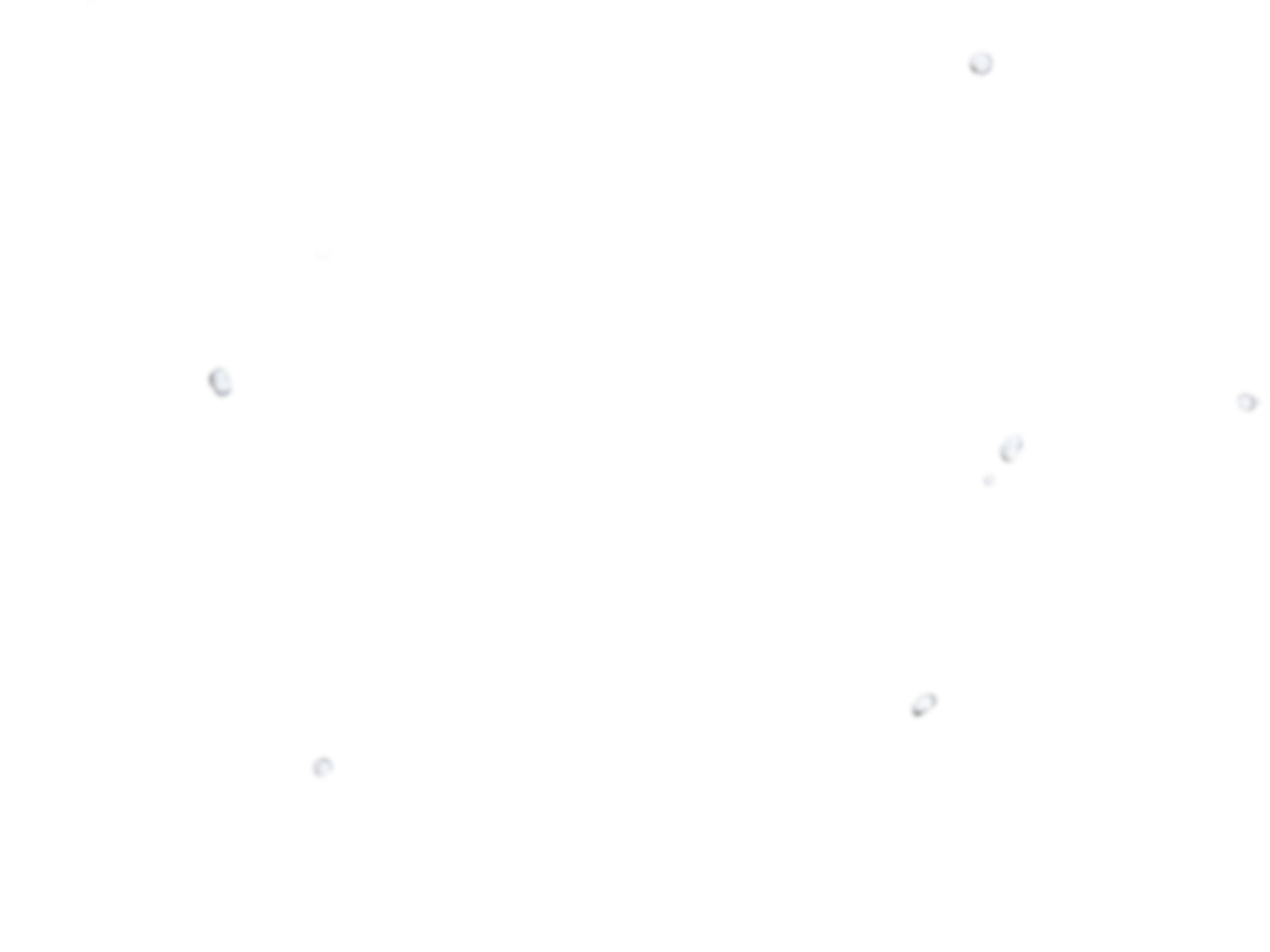-
 Unveiling the New 150KBS411 Submersible Slurry Pump: Redefining Efficiency Standards
Unveiling the New 150KBS411 Submersible Slurry Pump: Redefining Efficiency Standards
Dear customer: We are delighted to introduce our new product, the 150KBS411 submersible slurry pump. This product, with its outstanding performance, is suitable for a wide range of complex scenarios. Application mines, quarries, coal mines...
Read More + -
 Dewatering Pump Plays an Important Role in Water Management
Dewatering Pump Plays an Important Role in Water Management
In the realm of water management, dewatering pumps have become indispensable tools for various industries and applications. These pumps are designed to remove excess water from areas where it is not wanted, such as construction sites, mines...
Read More + -
 Submersible Sewage Pumps: A Critical Component in Modern Wastewater Management
Submersible Sewage Pumps: A Critical Component in Modern Wastewater Management
In the realm of wastewater management, the role of submersible sewage pumps cannot be overstated. These pumps are designed to handle the challenging task of moving sewage and wastewater efficiently and reliably. As urbanization continues to...
Read More + -
 Submersible Pump for Dewatering Stands Out Due to Its Use
Submersible Pump for Dewatering Stands Out Due to Its Use
In the dynamic world of construction and industrial operations, effective dewatering is crucial for maintaining site safety and operational efficiency. The Submersible Pump for Dewatering has emerged as a highly effective solution, offering...
Read More +




Product Series
We are a professional China Stainless Steel Submersible Sewage Pump manufacturer and Stainless Steel Submersible Sewage Pump factory enterprise integrating development, production, and marketing. Founded in 1995, since its establishment, it has only focused on one thing - pump manufacturing. The geographical location is Dayangcheng Industrial Zone, Daxi Town, Wenling City, Zhejiang Province, China. We have been adhering to the business philosophy of "people-oriented, winning the market with quality", and wholeheartedly provide customers with high-tech, high-quality, humanized products and services.
View More
We are a professional water pump enterprise integrating development, production, and sales. Keep up to date with our latest industry trends and company updates by reading the news.
Features of Stainless Steel Submersible Sewage Pump
The Stainless Steel Submersible Sewage Pump represents a pinnacle in sewage handling technology, specifically designed for robust performance and durability in demanding environments. Engineered primarily for industrial and municipal sewage applications, this pump excels in efficiently managing wastewater with high solids content and corrosive elements.
Key to its effectiveness is the use of stainless steel materials throughout its construction. Stainless steel provides exceptional resistance to corrosion, ensuring longevity and reliability even when exposed to aggressive sewage and chemical substances. This durability makes the pump suitable for continuous operation in harsh conditions without compromising performance.
The submersible design allows the pump to be submerged directly into sewage pits or wastewater reservoirs, facilitating efficient pumping without the need for priming. This feature not only simplifies installation but also enhances operational safety by eliminating potential leak points associated with above-ground pumps.
Performance-wise, the Stainless Steel Submersible Sewage Pump delivers impressive flow rates and head capacities, capable of handling large volumes of wastewater effectively. Its robust impeller design enables efficient solids handling, small clogging and downtime, which is crucial for maintaining uninterrupted sewage management operations.
Maintenance of the pump is streamlined by accessible design features such as quick-disconnect fittings and inspection ports. This facilitates routine inspections and servicing, reducing maintenance time and operational disruptions.
Safety considerations are paramount with built-in features like thermal overload protection and sealed electrical components, ensuring safe operation for both the pump and personnel.
The Stainless Steel Submersible Sewage Pump has ability to handle challenging sewage conditions while maintaining high performance makes it an essential component in wastewater treatment facilities, industrial processes, and urban infrastructure projects.
The Role of the Sewage Pump
The Sewage Pump is a fundamental component in wastewater management systems, designed to efficiently transport and discharge sewage and solids-laden liquids from residential, commercial, and industrial environments. Known for its reliability and robustness, the sewage pump plays a crucial role in maintaining sanitation and environmental health by facilitating the safe disposal of wastewater.
Typically installed in sewage pits or lift stations, the pump operates by suctioning wastewater through an inlet and then discharging it through a pipeline to a treatment facility or collection point. This process is essential in preventing sewage backups and ensuring continuous flow within sewage systems.
The sewage pump is engineered to handle various types of wastewater, including domestic sewage, industrial effluent, and stormwater runoff. Its design features a rugged housing and impeller construction that can withstand the abrasive nature of sewage and other debris, small wear and prolonging operational lifespan.
Efficiency is a hallmark of the sewage pump, with models available to accommodate different flow rates and head capacities depending on the specific application requirements. This flexibility ensures ideal performance in diverse settings, from small residential installations to large-scale municipal sewage systems.
Maintenance of sewage pumps typically involves periodic inspection of seals, impellers, and motor components to ensure smooth operation and prevent potential failures. Many modern sewage pumps are equipped with automatic monitoring systems that alert operators to issues such as pump clogging or motor overheating, enhancing reliability and reducing downtime.
In conclusion, the sewage pump has a role in maintaining public health and environmental sustainability underscores its importance in modern sanitation infrastructure worldwide.



 English
English русский
русский عربى
عربى








